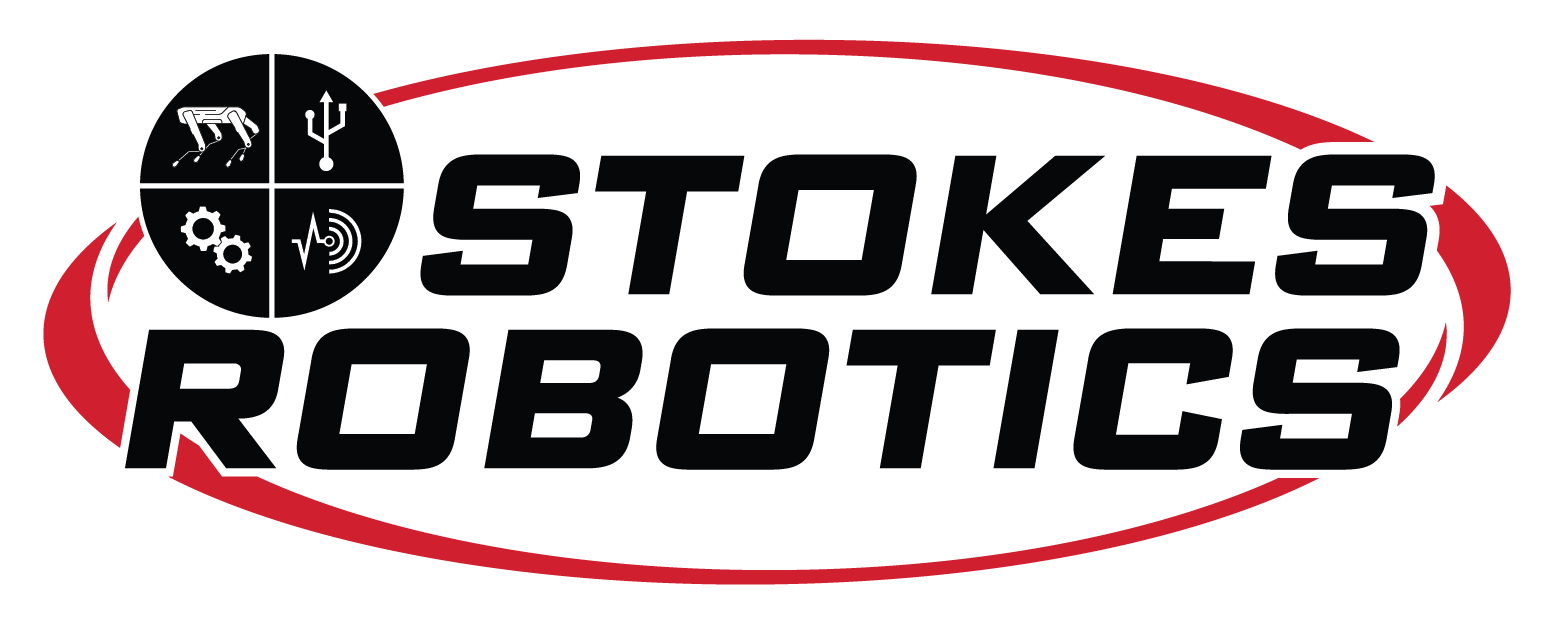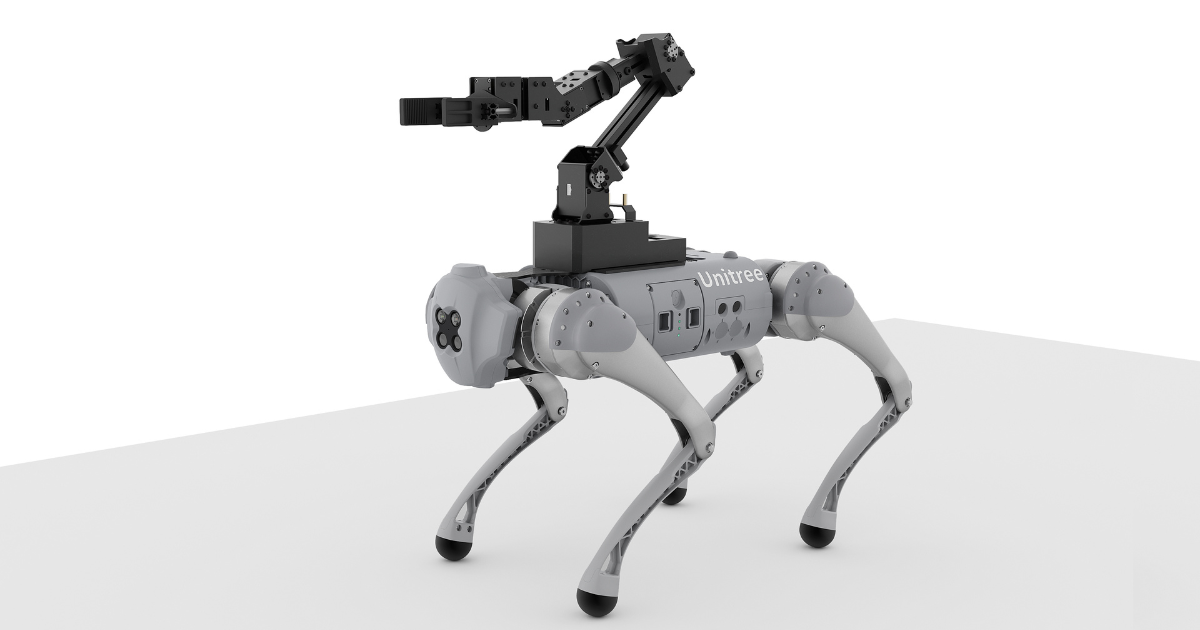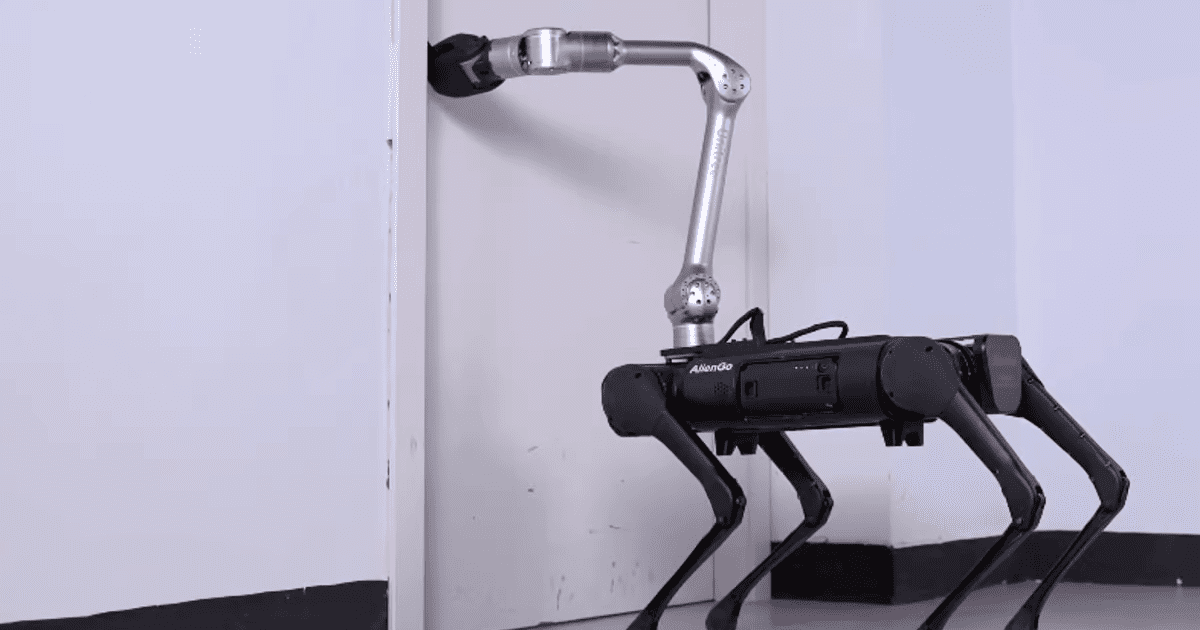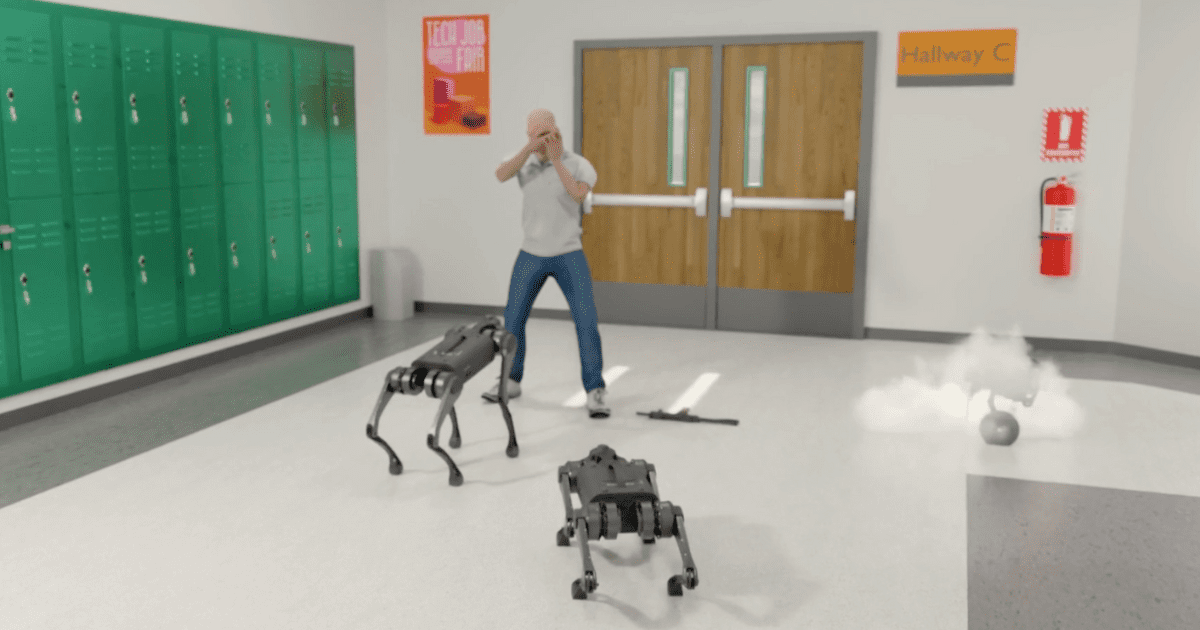Legged robots can navigate on any surface, including those surfaces that are inaccessible for robots with wheels. Quadruped robots are far more versatile than wheeled robots, making them desirable for safety situations.
Quadruped robots can play a key role in helping a rescue team because of their ability to carry heavy loads, to perform long-duration missions, to interact with the environment and to move in complex terrains. Legged robots that can operate in such grounds must be able to apply different maneuvers depending on the terrain and obstacles. Quadruped robots can transport materials across complex, unstructured environments, making legged robots the perfect, automated delivery method. They can transport payloads between buildings, move parts around factories, and navigate complex, often dangerous construction sites. In all these cases, these quadruped robots are taking on the more repetitive, tiring, and risky aspects of operations to reduce injury and increase efficiency.
Here are some advantages of Legged Robots:
- Legged robots can jump or step over obstacles, whereas wheels need to somehow travel over them or take a different path
- Legged robot helps us in exploring human and animal locomotion
- Once we move into rough, rocky, sandy, steep terrain, we understand that wheels are useless
- Legged robots have stair-climbing capabilities
Quadruped robots are developed for navigating difficult terrains and are more popular than their counterparts. Their increased stability during movement allows them to have a lower center of gravity. Quadruped robots can be used in inspections thanks to their ability to move through rough terrain with ease. They can analyze locations and deem them as a security hazard or safe for humans.
Security robots have numerous effective uses. One such application is the use of legged robots as “automated security guards”. Using lidar, cameras, and other sensors, a legged robot can be used to patrol buildings or outdoor locations and alert authorities if an intruder is detected. Construction sites are a good example of an ideal environment for legged robots. Given the uneven, multi-level terrain, and the presence of highly valuable tools and raw materials needing to be left out overnight, legged robots are a perfect security solution to guard against security threats.






